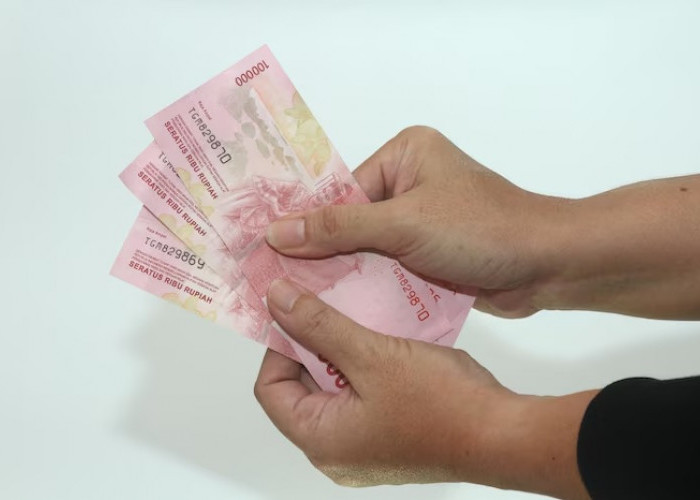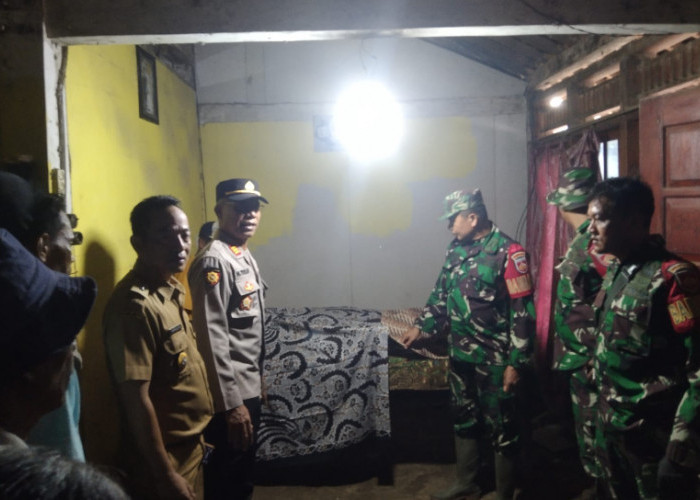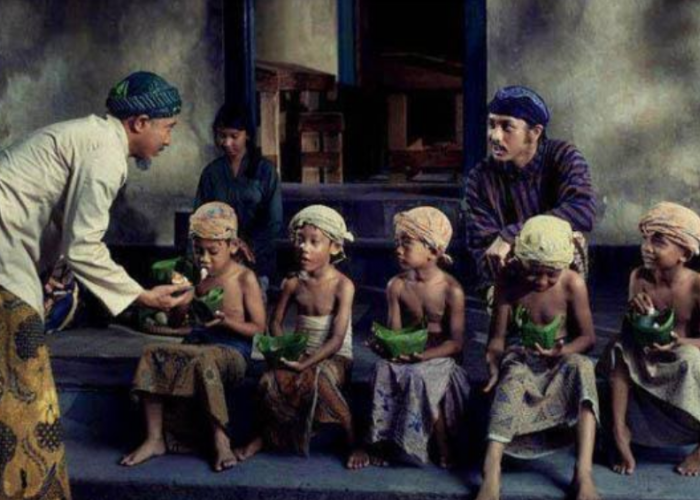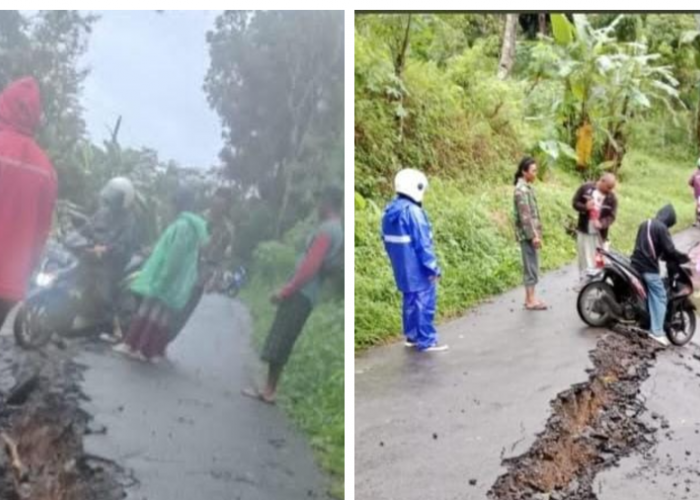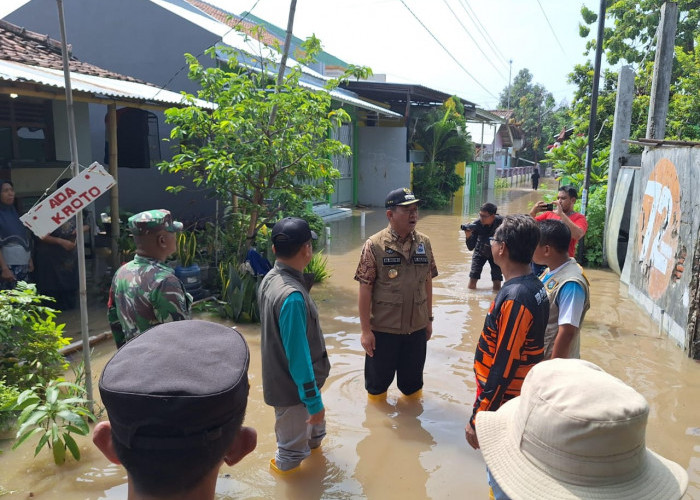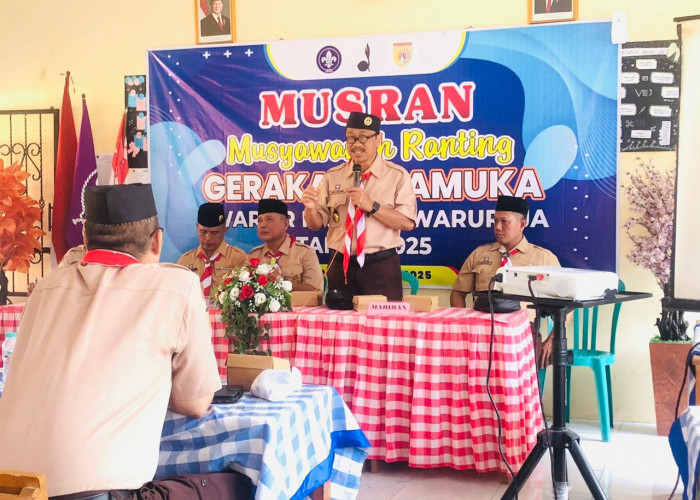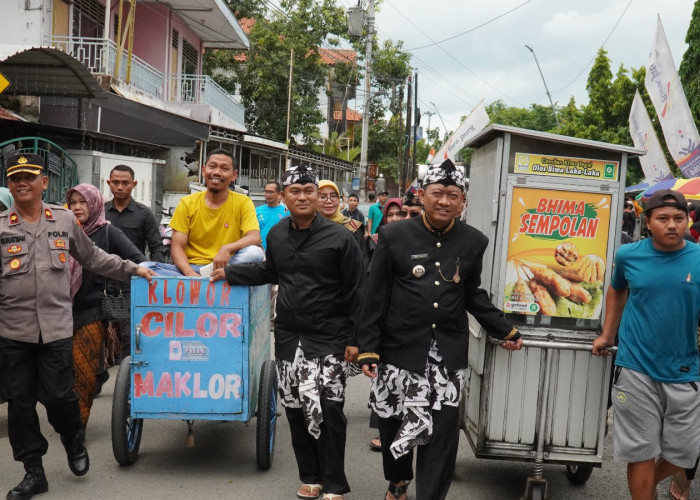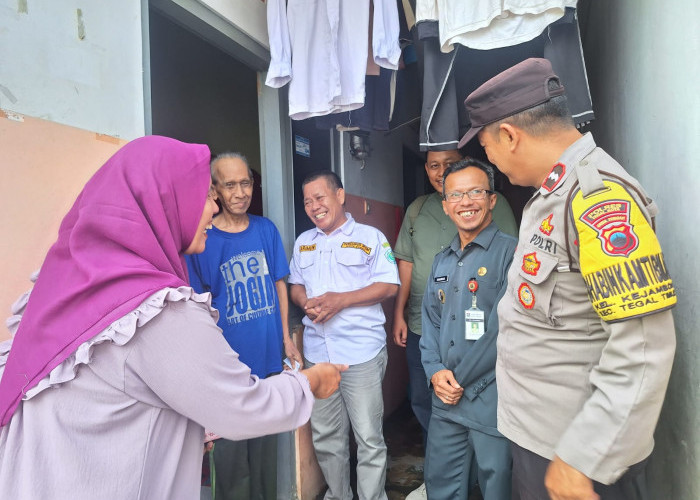Tegal was an important city of the Mataram Kingdom, which was 'hated' and supervised by the Kompeni
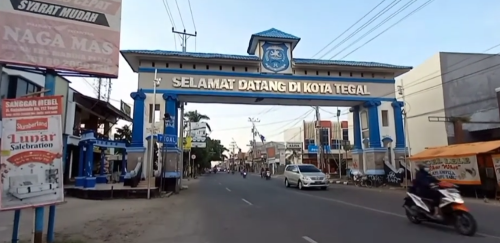
Tegal was an important city of the Mataram Kingdom, which was 'hated' and supervised by the Kompeni (Screenshoot: Youtube Sikin Raharjo)--
RADAR TEGAL - The history of Tegal has become famous since the time of Sultan Agung, who led the Mataram Kingdom from 1613 to 1645. Sultan Agung, the third king of Mataram, handed over Tegal to his own uncle, Wirosuto, who held the rank of tumenggung.
At that time, Tegal became a very calculated area. Apart from its strategic position, it was also a mainstay of food suppliers for the Mataram Kingdom when it attacked Batavia.
During the reign of Sultan Agung, the Port of Tegal became a stopover for Mataram ships, including ships belonging to the Netherlands. But the Netherlands is said not to have a headquarters in Tegal.
They only had it after the reign of Amangkurat II ended. A number of historical records mention that the Dutch stopped at the residence of the young king, Prince Adipati Anom, in Tegal.
At that time, the Regency Pendapa was in the former Tegal Regency Public Works Office, which has now been demolished into Blok C Morning Market in 2015. Tegal has been known as an anti-company area since the days of the Mataram Kingdom, especially when it was led by Adipati Martoloyo.
READ ALSO: 5 Mitos Paling Terkenal di Kota Tegal: Salah Satunya Pernah Menjadi Tempat Eksekusi
Mataram army headquarters and logistics warehouse
Before becoming the Duke of Tegal, Martoloyo was a war senopati who led attacks and conquests in the East Java region. Together with Prince Purbaya, Martoloyo succeeded in conquering Wirasaba, Lasem, Tuban, Pasuruan, and other areas that were "enemies" of Mataram.
Then, after successfully suppressing the rebellion in Pati and its surroundings, Sultan Agung continued his old plan to seize the seat of the Dutch. His attention to Banten was hindered by Susuhunan's wish that the Kompeni kneel under the rule of Mataram.
The climax occurred when two Dutch cruise ships in Jepara were chased and hijacked. So the Council of the Indies in August 1626 decided to send a message to Mataram through a special envoy.
According to De Graaf in his book The Peak of Mataram Power, Trade Head Sebald Wonderaer was sent by the Dutch government as the head of the delegation on August 23, 1626. But Tumenggung Tegal refused.
Because the title of Sri Baginda written on the letter that Sebald Wonderaer brought was not high enough. Since the rejection, the relationship between the Mataram Kingdom and Batavia has begun to become strained. Even then, the relationship between the two heated up.
Tegal's vitality was restored during Mataram's attack on Batavia
Sieges and attacks on Batavia began to be carried out frequently by the Kingdom of Mataram. Tegal was transformed into the concentration center of Mataram troops before they attacked the Dutch in Batavia.
In addition to frontal warfare, seizing Batavia was also carried out in a proven and successful way during the Battle of Surabaya, namely by damming the river. The Mataram troops, led by Sulta Agung, then dammed the Ciliwung River.
Unfortunately, although the Dutch were overwhelmed, the first Mataram attack was not successful. The preparations for the invasion of Batavia were again carried out by Mataran in 1629.
It is said that as a strategy to attack Batavia again, Adipati Martoloyo offered peace on behalf of the king of Mataram. This is as written in the book The Peak of Mataram Power, written by De Graaf.
On the pretext of trade, the Dutch then allowed the Javanese to transport rice by sea. This opportunity was then used by Mataram to transport large quantities of rice across the coast and hoard it in Tegal.
Tumenggung Tegal once brought more than 100 ships loaded with rice from Mataram. However, the transport of rice was discovered by two Dutch ships in Tegal, which were sent to carry out surveillance and reconnaissance.
When the Dutch discovered and ambushed him, Duke Martoloyo reasoned that they would use the rice for Batavia. In Tegal just to pound it.
Dutch known
However, it turned out that the Dutch, who were starting to get suspicious, managed to sniff out the existence of Tegal as a food storage facility in preparation for the second siege and invasion of Batavia. The Dutch are angry.
They then sent troops with three ships to Tegal, which they burned to the ground. Ships loaded with food and mountains that morning were scorched by the Dutch.
It's just that the attack on Batavia for the second time also failed. Baureksa even died, and the Netherlands lost its governor general.
READ ALSO: Mengenal Waterleiding Kota Tegal Bangunan Bersejarah Tahun 1931 pada masa Kolonial Belanda
On September 20, 1629, Governor General JP Coen died due to cholera. He suffered from this disease due to the action of the Mataram Kingdom's troops, which dammed the Ciliwung River.
That is why the history of the Mataram Kingdom is incomplete without Tumenggung Tegal's actions. The Dutch Leiden University Sinologist (science of China), Willem Remmelink, mentions Tegal a lot in the book The Chinese War and the Collapse of Tumenggung Tegal.
Apart from being an expert in sinology, Remmelink also taught history and Dutch at Gajah Mada University from 1977 to 1984. That is part of the historical record of how important Tegal was for the Mataram Kingdom and the Kompeni.
In fact, to facilitate communication and transportation as well as supervision, Mataram built a land route connecting Mataram and Tegal. To reach Tegal, Mataram has so far had to go to Semarang or Jepara first by boat to the Port of Tegal.
That is a historical record of the importance of the position of Tegal as the most important area of the Mataram Kingdom to seize Batavia from the Dutch colonial power. (*)
Cek Berita dan Artikel yang lain di Google News
Sumber:

